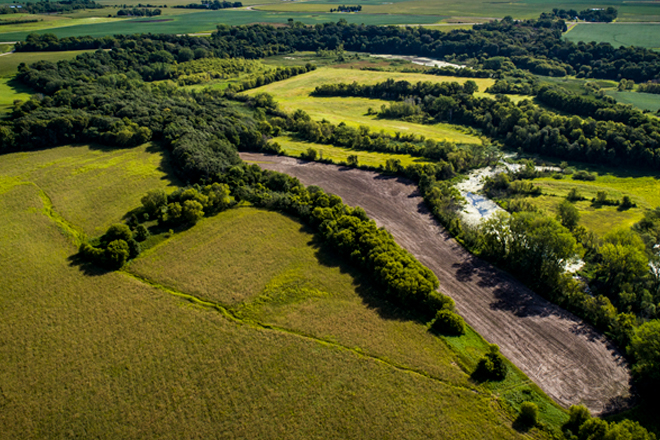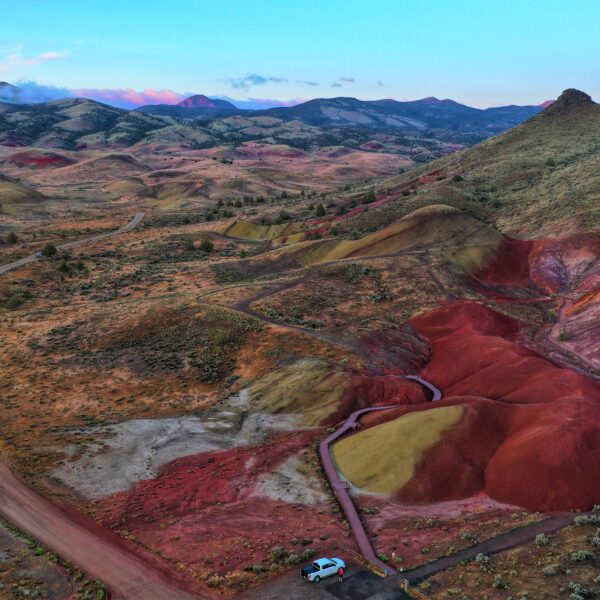When a person endeavors to purchase a piece of real property (i.e. land and any associated buildings), the purchaser would be wise to study up on the potential liability he or she may be taking on upon purchase of the property. Notably, the buyer should beware of liability for the existence of hazardous materials on the land whether or not caused by the buyer.
Most people nowadays know or can imagine that a landowner cannot simply dump hazardous materials onto the ground without facing environmental disaster and liability for improper disposal. This wasn’t always necessarily the case. A few decades back, it would have been much more common for a property owner to, for example, throw out some used motor oil on the ground without proper disposal. In response to reckless environmental behavior like this and to a larger extent commercial and industrial ground, water, and air pollution, Congress enacted various laws to curb the behavior and encourage clean up efforts, including CERCLA – the Comprehensive Environmental Response, Compensation, and Liability Act (1980). CERCLA addresses the release of pollutants and contaminants and gives the Environmental Protection Agency the power over cleanup. Various Washington state laws also control the release and clean up of hazardous substances including the Washington Environmental Policy Act, the Washington Water Pollution Control Act, the Washington Hazardous Waste Management Act, the Washington Model Toxics Control Act, as well as various regulations promulgated thereunder. As evidenced by the litany of laws in this area, the broad concept of hazardous waste is a highly regulated area.
Problematically for the land owner, is the breadth of liability for the hazardous materials. Any current land owner can be held liable for hazardous substances located on the property even if the current land owner did not know of the hazardous substances and even if the current land owner didn’t cause the hazardous substances to be deposited thereon. 42 USC §9607(a).
So, a land owner is not only responsible for what he or she does to the land and water, but the current land owner may be responsible for what past owners did to the ground and the water.
It becomes imperative then to take action to ensure when purchasing property that you won’t be forced to foot the bill for past owners’ environmental transgressions.
The first action item is to ensure that any purchase and sale agreement includes certain protective provisions such as: broad promises that the sellers have never disposed of any hazardous materials on the subject property; broad promises that the sellers know of no hazardous materials on the property (whether caused by the Seller or not); broad promises that the sellers have complied, in all terms, with the various state and federal hazardous materials laws; broad promises that, if the sellers have misrepresented any of their promises, that they will pay to make it right (indemnification for cleanup); and an investigative period to inspect the property and sample the ground for detecting the presence of any hazardous materials (the Phase 1 environmental site assessment).
The second action item is to perform the Phase 1 Environmental Site Assessment (Phase 1 ESA). Though the law provides that current landowners are responsible for defined pollutants on the land, it also provides a defense if the current landowner did not cause the pollution and can demonstrate that he or she made “all appropriate inquiries” into the land prior to purchase. The Phase 1 ESA can be used to satisfy the innocent land owner defense under the “all appropriate inquiries” requirement. See 42 USC § 9601(35)(B) and 42 USC § 9607(b)(3). In the event a Phase 1 ESA identifies a recognized environmental condition, then it will likely recommend a more robust Phase II Environmental Site Assessment.
The third action item is to consult your insurer and consider whether environmental liability insurance is appropriate. The standard general liability insurance policy usually specifically exempts environmental liability from coverage. Accordingly, a separate type of policy (the environmental liability insurance policy) is available to assist in paying the costs associated with the presence of environmental pollutant and paying related settlements or judgements associated with enforcement actions.
Be sure to work with a good real estate attorney to ensure you are protected.
390750-2
* Licensed, not practicing.
The opinions voiced in this material are for general information only and not intended to provide specific advice or recommendations for any individual or entity. This information is not intended to be a substitute for specific individualized tax or legal advice. We suggest that you discuss your specific situation with a qualified tax or legal advisor.
Securities offered through LPL Financial, member FINRA/SIPC. Investment advice offered through Cornerstone Wealth Strategies, Inc., a registered investment advisor and separate entity from LPL Financial.












